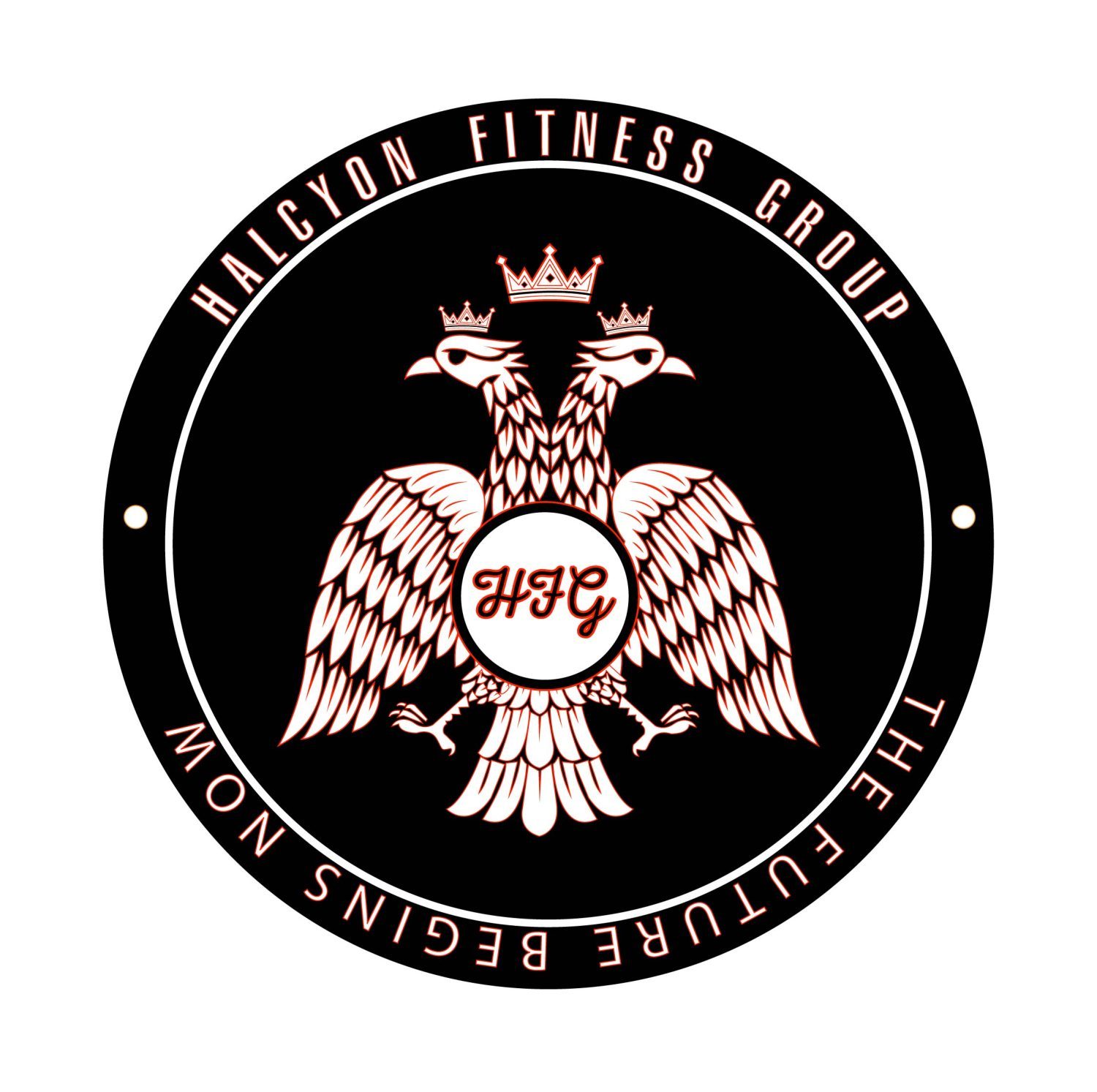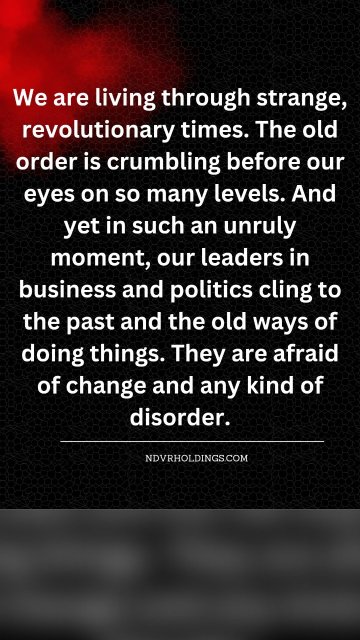Keto Pizza Pot Pie Recipe
Keto Pizza
8 ingredients
Produce
- 1/2 tsp Garlic powder
Refrigerated
- 1 Egg
Baking & Spices
- 1 1/2 cups Almond flour
- 1 tsp Baking powder
- 1 tsp Italian seasoning
- 1/2 tsp Salt
- 1 tsp Xanthan gum
Dairy
- 3 1/2 cups Mozzarella cheese
- Cook for about 15-20 minutes
- Enjoy 😉
The Differences Between Bulking and Cutting Workouts

When it comes to building muscle and achieving a desired physique, most fitness enthusiasts and athletes follow a cyclical approach that includes periods of bulking and cutting.
Understanding the difference between these two phases is essential for optimizing training and achieving desired results. In this article, we will discuss the key differences between bulking and cutting workouts and how the Fitness Professional can help guide you through each phase for maximum success.
Bulking Workouts: Building Muscle Mass
The primary goal of a bulking phase is to increase muscle mass through heavy resistance training and a calorie surplus. During this phase, workouts are designed to promote muscle growth by focusing on compound exercises, progressive overload, and high volume training. Key components of a successful bulking workout include:
A. Compound Exercises: These multi-joint exercises, such as squats, deadlifts, and bench presses, engage multiple muscle groups and stimulate muscle growth.
B. Progressive Overload: Gradually increasing the weight, volume, or intensity of your workouts helps to challenge your muscles and promote growth.
C. High Volume Training: Performing multiple sets with a moderate number of repetitions (e.g., 8-12 reps) allows for adequate stimulus to trigger muscle hypertrophy.
Cutting Workouts: Reducing Body Fat
The goal of the cutting phase is to reduce body fat while maintaining as much muscle mass as possible. During this phase, workouts are designed to increase calorie expenditure and maintain muscle strength. Key components of a successful cutting workout include:
A. Increased Cardiovascular Exercise: Incorporating more cardio into your routine, such as steady-state or high-intensity interval training (HIIT), can help increase calorie expenditure and promote fat loss.
B. Resistance Training Maintenance: Continuing to perform resistance training helps to preserve muscle mass and strength during the cutting phase.
C. Circuit Training: Combining resistance exercises with short rest periods keeps the heart rate elevated, leading to greater calorie burn and improved muscular endurance.
Nutritional Considerations
In addition to workout modifications, nutrition plays a crucial role in the success of both bulking and cutting phases:
A. Bulking: Consuming a calorie surplus, with an emphasis on high-quality proteins, complex carbohydrates, and healthy fats, provides the necessary fuel for muscle growth and recovery.
B. Cutting: Following a calorie deficit while still prioritizing protein intake helps to promote fat loss while preserving muscle mass.
The Role of the Fitness Professional in Bulking or Cutting
Fitness professionals can give you access to resources and education that can help you create effective workout plans for clients during both the bulking and cutting phases.
Understanding the differences between bulking and cutting workouts is essential for achieving optimal results in muscle growth, body composition, and overall fitness. By following these guidelines set forth and adapting workouts and nutrition plans to align with specific goals, fitness enthusiasts and professionals can successfully navigate the cycles of bulking and cutting to achieve their desired physiques.
How to Lose 10 Pounds in 30 Days

1. MAKE SURE YOU AREEQUESBFIT IN A CALORIC DEFICIT OF 500 CALORIES PER DAY
2. DO YOUR BEST TO EAT YOUR IDEAL BODY WEIGHT IN PROTEIN GRAMS I.E. 200LBS = 200 GRAMS
3. WORK OUT 4-5X A WEEK TO BURN AT LEAST 500 CALORIES PER SESSION
Coffee Benefits
☕Drinking black coffee regularly can help combat these by keeping your nerves active, thus enhancing brain function☕
🌱Fit naturally🌱
➖➖➖➖➖➖➖➖➖➖
🔹It is good for your liver.
🔹It helps you cleanse your stomach and weightloss.
🔹It is rich in antioxidants.
🔹It reduces cellulite.
🔹Decreased risk of gout.
🔹Coffee may decrease your risk of skin cancer.
🔹Coffee may decrease your risk of type 2 diabetes.
🔹Coffee may protect against Parkinson’s disease.
🔹Coffee may lower your risk of depression and suicide.
We’ve Only Just Begun
Thursday Motivation
Online Event Sunday 09/24/2023

The Three Types of Coaching Relationships REPOST (all credit goes to Carl Hardwick, OPEX Fitness)


As fitness coaches, our role extends beyond designing training programs and nutrition plans. Our impact hinges on the relationships we cultivate with our clients.
To build effective relationships, it’s helpful to understand different types of relationships. These fall into three categories: careless, careful, and caring relationships.
- Careless Relationships: Here, the focus is primarily on the coach and their values, leaving the client’s needs in the shadows. This approach can result in an impersonal training routine that might not resonate with the client, leading to disinterest and subpar results.
- Careful Relationships: In contrast, a careful relationship sees the coach prioritizing the client’s values over their own. While this ensures personalized training, it could cause the coach to neglect their expertise, potentially compromising the quality of the workout plan.
- Caring Relationships: Striking a balance, caring relationships synergize both the coach’s and client’s highest values. This harmonious approach ensures a tailored, effective plan that aligns with the client’s aspirations while leveraging the coach’s expertise.

As professional coaches, we aim to foster caring relationships, striking a balance between understanding our own value system and comprehending our client’s values. Achieving this necessitates candid conversations about each client’s motivations, barriers, and goals. Our understanding of the client’s background enables us to offer nuanced advice that resonates with their specific circumstances.
In the OPEX Coaching Certificate Program (CCP), I teach coaches to deliver personalized fitness coaching that results in meaningful behavior change and more fulfilling and successful fitness journeys.
Enrollment is now open for my next mentorship group. If you’re ready to join a network of professional fitness coaches and learn a repeatable and proven system to coach any client, anywhere, then click the link below and apply now.
Carl Hardwick




OPEX Fitness
7645 E Evans Road Ste 140 Scottsdale Arizona 85260 United States




You must be logged in to post a comment.